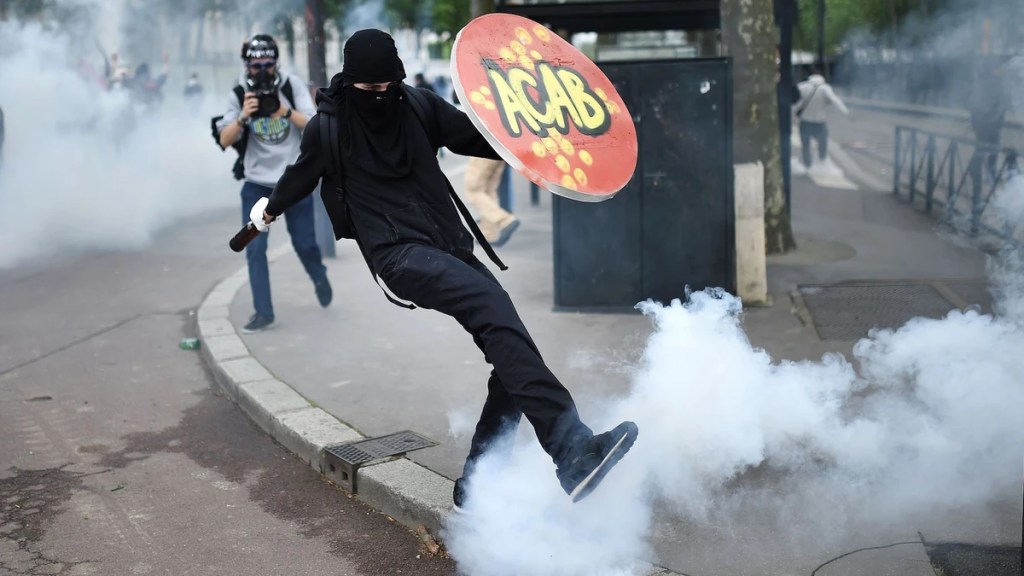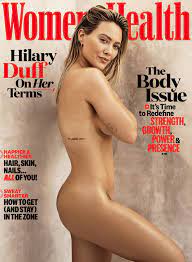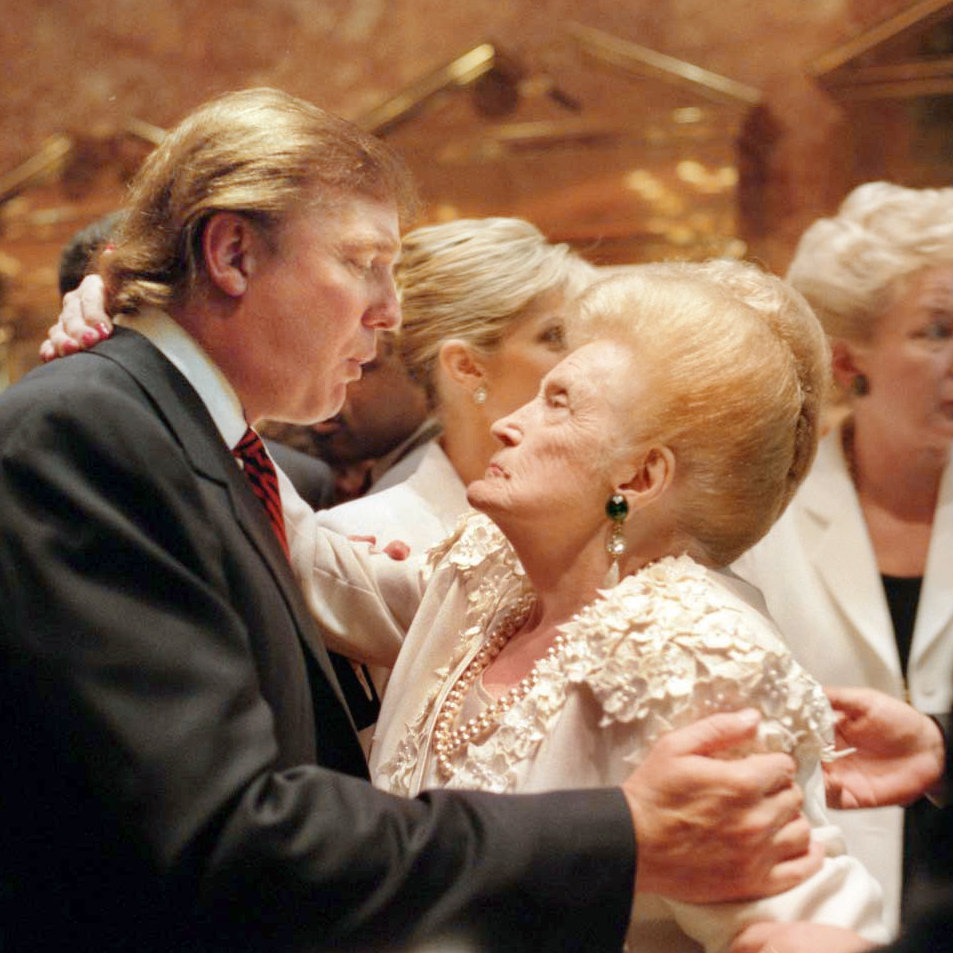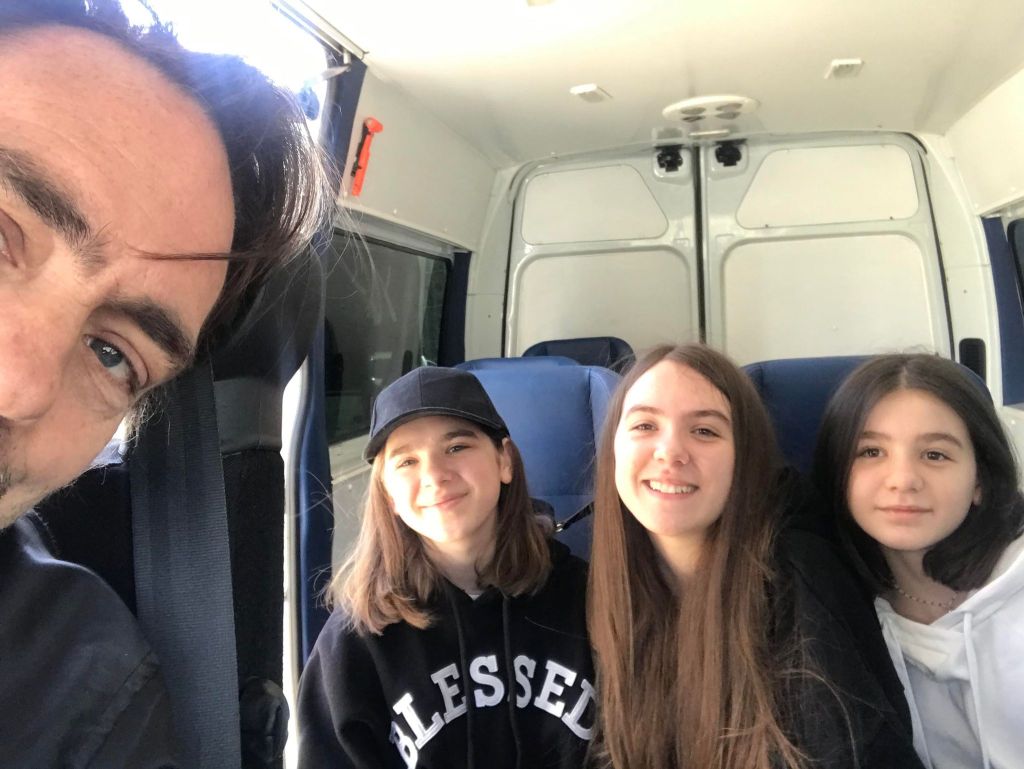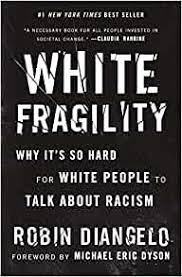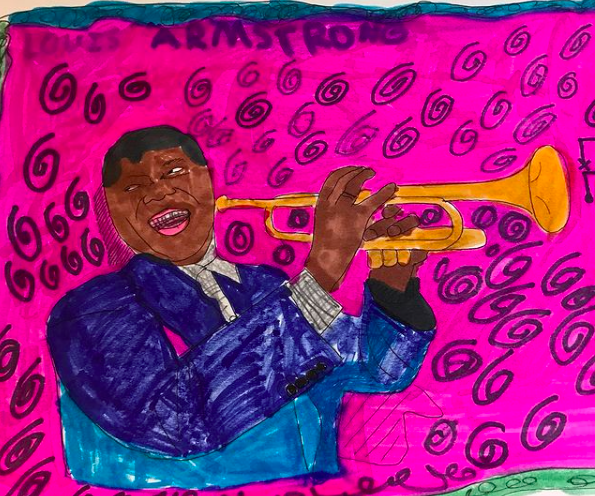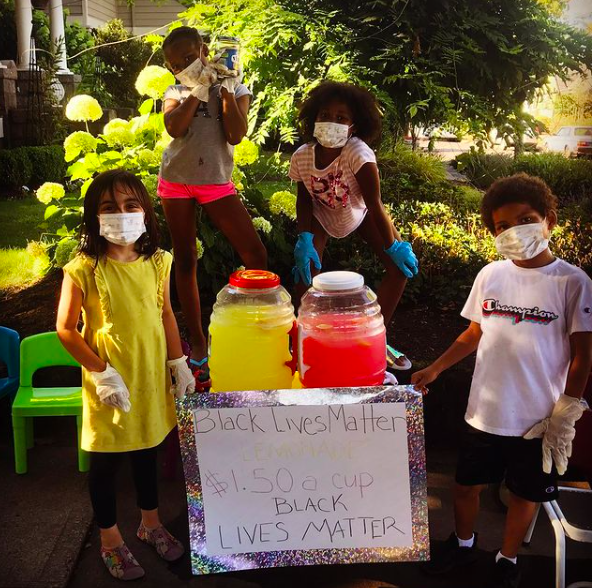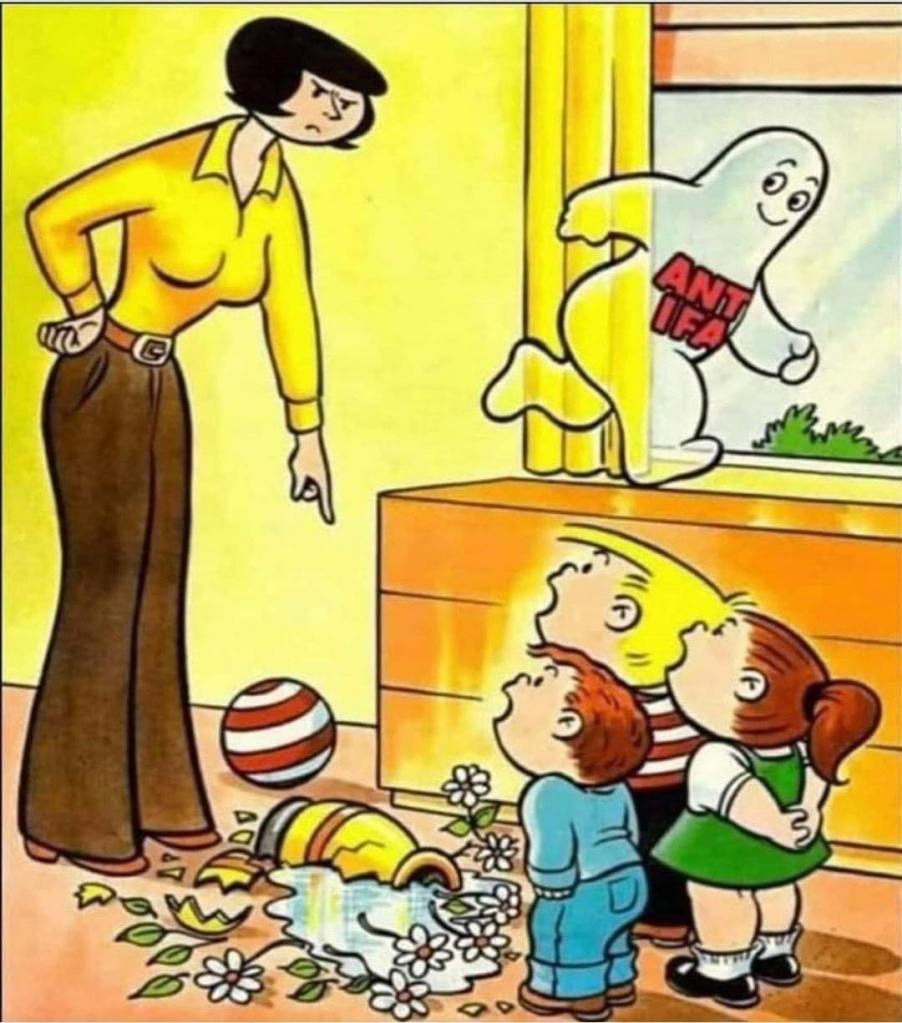December 9, 2023
As a “subject matter expert” on right-wing extremism, I often get asked, “What about the left?” There are obviously some stark differences between the two political wings (I would offer bodycount as one measure), but there also might be some parallels worth considering as we look for ways to reduce political violence.
I’ve spent a lot of time in this blog discussing the “militia funnel” that became a useful tool in explaining anti-government violence in the wake of the 1995 bombing of a federal building in Oklahoma City. I even got to sit down and explain it with W. Kamau Bell on CNN’s United Shades of America in 2021 (and CNN turned it into a cool animation). There was a great need after the bombing in Oklahoma City, that included 19 children among the 168 casualties, to explain how “average people” were falling into the world of domestic terrorism.
In April 1995, I was just finishing up my dissertation on right wing extremism, when the news of a massive bombing in the “nation’s heartland” blasted across the news. It was devastating, and the images of dead children in the building’s daycare center brought the country to its knees. I stayed up that night, listening to talk radio from my Atlanta apartment. The talking heads were sure the carnage was the work of the usual suspects, Muslim terrorists. It wasn’t a crazy hunch. Two years earlier, Ramzi Yousef and a small band of jihadists tried to blow up the World Trade Center in New York City, killing 6 people. But Oklahoma was on April 19th, so I knew it was probably one of my guys.
April 19, 1993 was the culmination of the standoff in Waco, Texas that had become a rallying cry for the far-right. That carnage (that included the death of 28 children) was being framed as the result of an out-of-control federal government that was no longer by and for the people. So when on April 20, 1995, a white guy named Timothy McVeigh, who had been at Waco, was arrested for the Oklahoma bombing, I got a chill. These were the anti-government white supremacists I had spent the last seven years studying. The radio hosts who had been quick to blame “Muslim terrorists,” pivoted to the “Wacko from Waco” narrative. It was the act of a crazy person. It certainly couldn’t have anything to do with their aggrieved white male hatred of the government.
The structure of the militia funnel
I learned about the militia funnel from Kenneth Stern’s excellent 1996 book, A Force Upon the Plain: The American Militia Movement and the Politics of Hate. He got it from Ken Toole, at the Montana Human Rights Network. The funnel model explains how people can enter a world that sees violent revolution as the only solution from very mundane starting points that have nothing to do with violence or terrorism. For decades, my work has focused on the movement of people through a ‘right-wing funnel.’ I have written and spoken extensively about this dynamic. At the bottom of this article, I set forth how the funnel analysis applies to current willingness to use political extremist violence among some people in the left wing of politics. First, let’s address how the funnel has been used for the last nearly 30 years to frame pathways to right wing extremism.
At the top of the funnel are just a lot of people who are activated by fairly mainstream conservative issues. They are second amendment gun activists, tax protestors, or think the federal government shouldn’t be taking perfectly good timber land to save spotted owls. They come from a wide variety of backgrounds, including black and Jewish conservative spaces.
Some (importantly, not all) fall into the next level, based in a deep hatred for the federal government. Instead of “we the people,” the feds have too much power and have superseded their Constitutional mandate. Some of these folks are part of the Posse Comitatus movement who believe the highest legal authority is the county sheriff and any constitutional amendment after the first ten is hokum. But the bottom line is the federal government is the bad guy. Growing up in the rural South, the term we’d hear for this was “revenuer.”
At the third level down the funnel, some of these folks start buying into some pretty pervasive conspiracy theories. We are now into the world of Freemasons and the Illuminati and who REALLY killed JFK. Just watch those Nicholas Cage National Treasure movies for a dose of this world. Here the Republican and Democratic parties are both controlled by the same puppet master, leveraging the federal government against hard-working (white) Americans for their own benefit.
Some of those conspiracy believers make it down to the next level, where the conspiracy takes a familiar turn. The elite Bilderbergers are rebranded as simply “the Jews.” In a same way Hitler used anti-Semitic tropes to explain Germany’s downfall, anti-government conspiracy theorists here see a global Jewish cabal behind everything from immigration to gay rights to why their kids are listening to rap music instead of Lee Greenwood.
Again, this is a funnel, so each level has fewer people than the one above it. In the final stage of the model are the revolutionaries. It’s one thing to have analysis, but here is the belief you have to act on it. The people who make it to the bottom of the funnel are consumed with language about a second American Revolution, and a second Civil War, and “Rahowa” (short for Racial Holy War) and a whole bunch of stuff concerning the “blood of patriots.” The funnel starts wide and ends very small, but as we saw in 1995, it only takes a small band of self-proclaimed patriots to change the face of a nation. And McVeigh’s intent was to inspire other like-minded Americans to commit similar acts of terrorism.
The militia funnel in the MAGA-era
The militia model became useful again in the Obama era when anti-government militias roared back into action. Here in Oregon, a militia group occupied a federal wildlife refuge for 40 days in 2016, resulting in one death. Then the surge of militia activists, like the Oath Keepers and the 3 Percenters, under Donald Trump’s MAGA movement made the militia model even more applicable, especially after the January 6, 2021 storming of the U.S. Capitol.
In the Trump years, I regularly updated the 1990s militia model when explaining the “new” right-wing activism. Because of social media and reach of the Trump message, the mouth of the funnel was much wider than it was in the 1990s. It included some of those same conservative issues, like gun rights, but now included “culture war issues,” like opposition to rights for transgender people and hostility to Critical Race Theory, but also a rejection of lockdown mandates to prevent the spread of COVID-19. This wider funnel served to attract not just rural white men who were the 90s candidates for patriot militia groups, but suburban moms, aging incels, and others who thought America was last great before the civil rights movements made “inclusion” a weapon against white privilege.
The rest of the funnel, took an updated sheen. The anti-federal government level was rebranded as “the swamp,” full of libtards and RINOs (Republicans in Name Only). The conspiracy theory level was now the domain of QAnon adherents and beliefs in the “deep state.” Below that were the anti-Semitic theories about “global Jews,” including George Soros, Anthony Fauci, and a belief (spread by Robert Kennedy, Jr.) that COVID was created to kill non-Jews. At the bottom of the funnel, the revolutionaries renamed their call to arms the “Boogaloo,” and began stockpiling weapons. In 2020, I had a chat with a 3 Percenter in a Home Depot parking lot and asked him what he thought about the escalation of violent rhetoric. His only reply was, “We’re locked and loaded.”
That this funnel was exponentially wider at the top meant more Americans were ending up at the violent bottom level. This was evident in the massive turnout for Trump’s “Stop the Steal” rally on January 6th, motivated by the President of the United States, not a fringe website, spreading a fully debunked conspiracy theory that the “deep state” stole the 2020 election. While organized militia groups, like the Oath Keepers, were key players in the attack, many of the over 1,2000 people arrested have claimed they just got “swept up” in the moment. They had fallen down the funnel into the land of Timothy McVeighs and Stewart Rhodes. I half expected to see my Trump-loving father there that day (but his feet are bad).
The value of the militia funnel in this work is that there are multiple points along the pathway down to violence where intervention can take place. Someone who angry about public school dollars going to a student Gay Straight Alliance isn’t automatically destined to become a domestic terrorist, but if they are, there are places where that path can be diverted. Could there be a similar trajectory for activists on the left?
Constructing a left-wing funnel
The origin of the right-left political spectrum, that has its roots in the French Revolution, is all about who should have power. On the right, power should be concentrated and on the left, power should be dispersed. That’s why the far right values fascism and the far left values communism. But all along that spectrum there are values concerning fairness. The liberal is concerned teachers’ low pay is unfair and the conservative thinks their tax dollars supporting a curriculum they think opposes their values is unfair. Oh, yeah, and plenty of people on both sides think the government sucks.
The structure of the militia funnel offers a guide to what a left-wing militia funnel might look like.
At the top level are widely popular liberal issues related to social justice-based matters of equity, including Black Lives Matters, abortion access, and LGBTQ+ rights, along with other stalwart liberal causes. The next level finds strong distrust of the federal government as the historic defender of status quo power dynamics. The feds are “the Man,” who surveilled MLK and protected alleged sex-offenders, like Bill Clinton and Donald Trump. And also, all cops are “bastards.” Further down the funnel, we see the appearance of all-encompassing conspiracy theories that see Republicans and Democrats as puppets of corporations, the monied class (Google “Bohemian Grove”), and the World Trade Organization. Like on the right, there is a darker level that introduces anti-Semitism to the conspiracy theories. This is where Robert Kennedy, Jr. lives and where anti-Zionism slides into a broader anti-Jewish narrative, most recently seen as an element of some pro-Gaza rallies. (It should be pointed out is that anti-Semitism is less visible on the left than it is on the right, but it does rear its ugly head in places.) At the bottom of this funnel is the rhetoric of Marxist revolution, which sees the entire capitalist system, and all its institutions, as corrupt and in need of overthrow.
Those of us who are older than millennials and Gen Z kids will remember that in the 1970s there were hundreds of terrorist bombings in the United States. They weren’t from patriot or neo-Nazi groups. They were committed by radical leftist groups like the Weather Underground, the New World Liberation Front, and the Symbionese Liberation Army. And there were casualties. In 1970, a group of leftists angry about the University of Wisconsin-Madison’s participation in military work related to the Vietnam War, detonated a massive bomb in Sterling Hall, killing one researcher and injuring several others. The FBI has counted 2500 bombings connected to the Weather Underground, including one that killed four people in a Wall Street restaurant in 1975.
When the Right-Left political spectrum becomes a circle
There is also a weird space where the extremes at the end of the left side and right side meet to form a circle. In the 1990s, some neo-Nazi groups began publicly (and financially) supporting the PLO’s campaign against Israel under the guise of “the enemy of my enemy is my friend.” The Seattle WTO protests in 1999 that brought labor union members, environmentalists, and other liberal activists to the streets also saw participation far-right activists, who saw the “global bankers” behind the World Trade Organization as the hand of Jewish control. In the 2000s, the right also joined the left on issues related to climate change. Their angle was the climate crisis was the result of immigration, non-white population growth, and (again) Jewish monied interests.
More recently, the language of “accelerationism” has pervaded extremists on bother the far-right and far-left. The philosophy states that standard democratic forms of social change, like voting, are too hopelessly glued to institutions of power to ever affect real change. Each November we vote for a Tweedle Dum or a Tweedle Dee and hope things will be different. Accelerationists believe the only way to achieve their desired society is to bring the current one crashing down and rebuild the new one out of the ashes. The right and left have radically different visions of what those societies look like. (I know the right has no place for progressive academics like me, but they left would probably see me as a “collaborator” with “the Man” and exclude me from their Utopia, so I’m likely SOL whoever wins fantasy league fanaticism.) We have seen extremists on the right, like Proud Boys and active clubs look at their counterparts on the left in anarchist and Antifa circles, not as enemies, but as allies in bringing the system down. In 2021 a Boogaloo activist said, “Right now it’s about provoking BLM, antifa and militias or 3 Percenters into engaging in violence that will provoke disproportionate police response, which can be used to fuel further unrest.”
If the value of understanding the militia funnel is to interrupt well-meaning conservatives’ slide down the rabbit hole of violent extremism, there should be a similar opportunity for those escalating towards left wing violence. Again, the intent is not to “de-radicalize” anyone one either side, just to prevent the violence that might emerge at the bottom of those funnels. Working on constructive engagement with the government as, not an oppressive entity, but a reflection of our collective will can slow the roll down the funnel. Also, the work on critical thinking skills that disrupt simplistic conspiracy theories can be hugely helpful in dismantling the binary thinking that characterizes extremist ideologies.
The vast majority of activists are doing the important work of putting democracy to the test and advancing their shared values. A small fraction fall into the black hole of political violence. Understanding these paths across the political spectrum allows to us design strategies to reroute those who may see terrorism as a legitimate expression of their political agendas.






